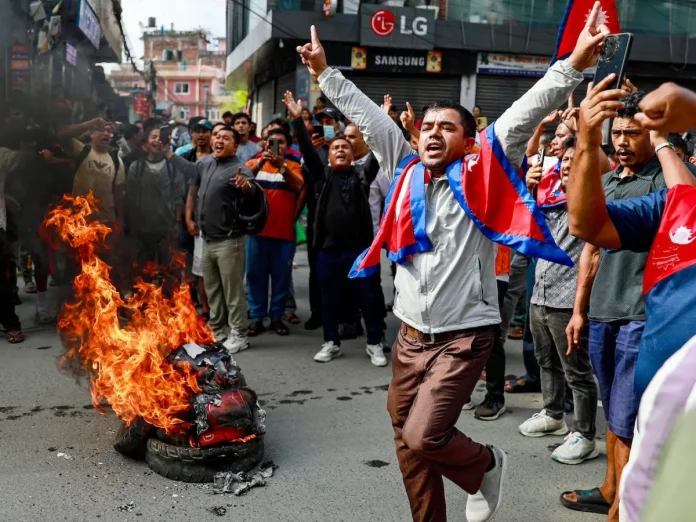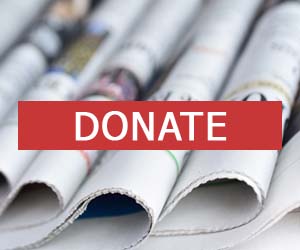Kathmandu: Nepal’s ongoing political unrest has drawn attention to the situation of its Muslim community, which makes up 5.09% of the country’s 29.7 million people. While Muslims are the third-largest religious group after Hindus and Buddhists, they face persistent gaps in education, employment, and social inclusion.
Most of Nepal’s Muslims live in the Terai region, an area where infrastructure and opportunities remain limited. Studies by the United Nations and other agencies show that the community scores low on development indicators compared with national averages. Lack of access to quality schools and healthcare has further deepened these inequalities.
The 2021 census recorded growth in the Muslim population compared to 2011, rising from 4.4% to over 5%. Despite this increase, representation in governance and state institutions remains minimal. While the Nepali constitution recognises Muslims as a marginalised group and reserves quotas in civil services, community leaders argue that implementation of such measures needs strengthening.
The current crisis, which has seen widespread protests following restrictions on social media platforms, has sharpened debates about rights and inclusion. For Muslims, the issue goes beyond political unrest and relates to long-term questions of recognition, equitable development, and participation in national decision-making.
Observers note that addressing these structural challenges requires targeted policies. Access to better education, stronger economic initiatives in Terai, and enhanced political representation are seen as essential steps for building inclusion.




